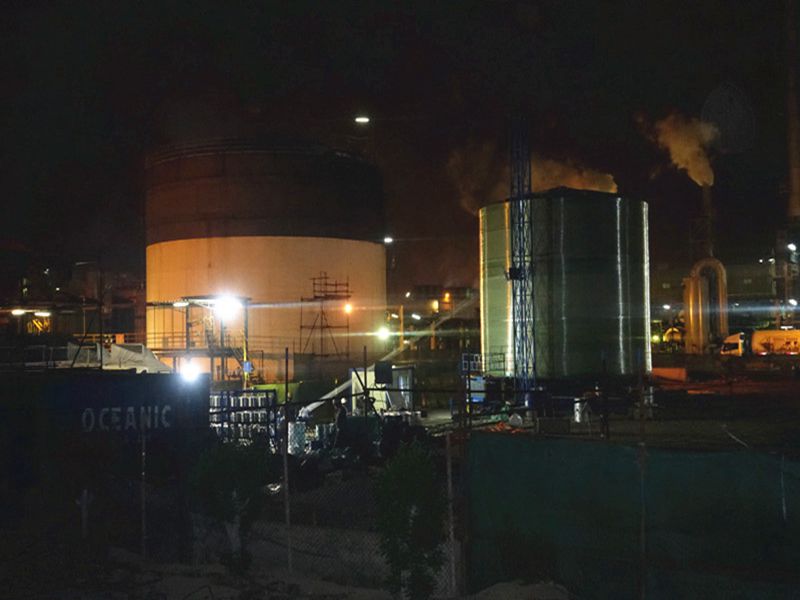
-
 Afrikaans
Afrikaans -
 Albanian
Albanian -
 Amharic
Amharic -
 Arabic
Arabic -
 Armenian
Armenian -
 Azerbaijani
Azerbaijani -
 Basque
Basque -
 Belarusian
Belarusian -
 Bengali
Bengali -
 Bosnian
Bosnian -
 Bulgarian
Bulgarian -
 Catalan
Catalan -
 Cebuano
Cebuano -
 China
China -
 China (Taiwan)
China (Taiwan) -
 Corsican
Corsican -
 Croatian
Croatian -
 Czech
Czech -
 Danish
Danish -
 Dutch
Dutch -
 English
English -
 Esperanto
Esperanto -
 Estonian
Estonian -
 Finnish
Finnish -
 French
French -
 Frisian
Frisian -
 Galician
Galician -
 Georgian
Georgian -
 German
German -
 Greek
Greek -
 Gujarati
Gujarati -
 Haitian Creole
Haitian Creole -
 hausa
hausa -
 hawaiian
hawaiian -
 Hebrew
Hebrew -
 Hindi
Hindi -
 Miao
Miao -
 Hungarian
Hungarian -
 Icelandic
Icelandic -
 igbo
igbo -
 Indonesian
Indonesian -
 irish
irish -
 Italian
Italian -
 Japanese
Japanese -
 Javanese
Javanese -
 Kannada
Kannada -
 kazakh
kazakh -
 Khmer
Khmer -
 Rwandese
Rwandese -
 Korean
Korean -
 Kurdish
Kurdish -
 Kyrgyz
Kyrgyz -
 Lao
Lao -
 Latin
Latin -
 Latvian
Latvian -
 Lithuanian
Lithuanian -
 Luxembourgish
Luxembourgish -
 Macedonian
Macedonian -
 Malgashi
Malgashi -
 Malay
Malay -
 Malayalam
Malayalam -
 Maltese
Maltese -
 Maori
Maori -
 Marathi
Marathi -
 Mongolian
Mongolian -
 Myanmar
Myanmar -
 Nepali
Nepali -
 Norwegian
Norwegian -
 Norwegian
Norwegian -
 Occitan
Occitan -
 Pashto
Pashto -
 Persian
Persian -
 Polish
Polish -
 Portuguese
Portuguese -
 Punjabi
Punjabi -
 Romanian
Romanian -
 Russian
Russian -
 Samoan
Samoan -
 Scottish Gaelic
Scottish Gaelic -
 Serbian
Serbian -
 Sesotho
Sesotho -
 Shona
Shona -
 Sindhi
Sindhi -
 Sinhala
Sinhala -
 Slovak
Slovak -
 Slovenian
Slovenian -
 Somali
Somali -
 Spanish
Spanish -
 Sundanese
Sundanese -
 Swahili
Swahili -
 Swedish
Swedish -
 Tagalog
Tagalog -
 Tajik
Tajik -
 Tamil
Tamil -
 Tatar
Tatar -
 Telugu
Telugu -
 Thai
Thai -
 Turkish
Turkish -
 Turkmen
Turkmen -
 Ukrainian
Ukrainian -
 Urdu
Urdu -
 Uighur
Uighur -
 Uzbek
Uzbek -
 Vietnamese
Vietnamese -
 Welsh
Welsh -
 Bantu
Bantu -
 Yiddish
Yiddish -
 Yoruba
Yoruba -
 Zulu
Zulu
grp shell
Understanding GRP Shells A Comprehensive Overview
In recent years, the importance of materials and technologies that enhance sustainability and durability in construction has grown significantly. One such innovative solution is the GRP (Glass Reinforced Plastic) shell. This article aims to provide a detailed understanding of GRP shells, their applications, benefits, and how they contribute to modern engineering and architecture.
What is GRP?
Glass Reinforced Plastic (GRP) is a composite material made from a polymer matrix reinforced with glass fibers. This combination results in a material that boasts high strength to weight ratio, excellent corrosion resistance, and adaptability to various production processes. The main components of GRP include the resin, which serves as the matrix, and glass fibers, which provide reinforcement. Together, they form a lightweight yet robust material that can be molded into intricate shapes and designs.
Key Properties of GRP Shells
GRP shells leverage the advantageous properties of GRP materials, offering several features
1. Strength and Durability GRP shells can withstand significant stress and load, making them ideal for structural applications. Their resilience against impacts and environmental degradation significantly extends their lifespan.
2. Corrosion Resistance Unlike traditional materials such as metals, GRP does not rust or corrode when exposed to moisture and chemicals. This characteristic is particularly beneficial in industries like marine, chemical processing, and wastewater management.
3. Lightweight The low density of GRP allows for easier handling, transportation, and installation, which can reduce overall project costs.
4. Thermal Insulation GRP shells provide excellent thermal insulation, making them suitable for energy-efficient applications. This capability contributes to reducing energy consumption in buildings.
5. Versatility in Design GRP can be manufactured in various colors, textures, and shapes, allowing architects and engineers to create aesthetics that align with their vision while meeting functional requirements.
grp shell

Applications of GRP Shells
GRP shells are employed in diverse industries owing to their versatile properties. Some notable applications include
- Construction GRP shells are frequently used in roofing and cladding systems. The lightweight nature allows for easier installation compared to conventional materials, potentially speeding up project timelines.
- Transportation In the automotive and aerospace industries, GRP is used to produce body panels, thus enhancing performance by reducing weight while maintaining structural integrity.
- Marine GRP's resistance to saltwater corrosion makes it ideal for boat hulls, marine structures, and offshore applications. Many yachts and other vessels utilize GRP composites due to their durability and lightweight characteristics.
- Water Treatment Plants The chemical resistance of GRP makes it suitable for manufacturing tanks and pipes in wastewater treatment facilities.
- Urban Furniture and Amenities GRP shells are also used to create public seating, shelters, and playground equipment, adding aesthetic and functional value to urban spaces.
The Future of GRP Shells
As construction and manufacturing industries continue to evolve, the demand for materials like GRP will likely increase. Innovations in manufacturing techniques, such as 3D printing and automated processes, are expected to enhance the production efficiency and sustainability of GRP products. Moreover, as sustainability remains a priority, GRP's lightweight and durable nature contributes to reducing the carbon footprint associated with construction and transportation.
Conclusion
GRP shells are a remarkable advancement in materials science, offering a range of benefits that cater to contemporary engineering challenges. With their strength, durability, and versatility, they find numerous applications across different industries. As technological advancements continue to progress, GRP shells will undoubtedly play an integral role in shaping the future of building and manufacturing, promoting a more sustainable and efficient approach to construction. Understanding their properties and potential applications is crucial for professionals seeking innovative solutions in design and engineering.









